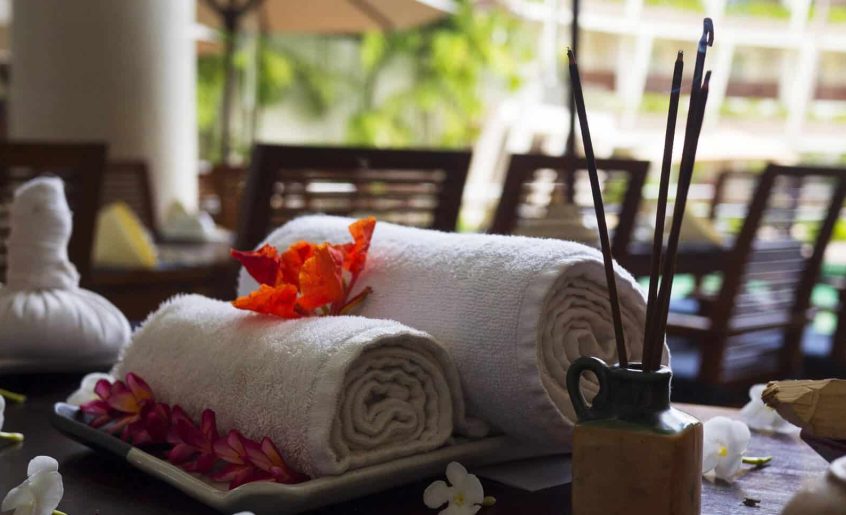Understanding Massage Rates: What Shapes the Cost and How to Find the Best Value
Massage therapy has become a popular way to unwind, relieve pain, and improve overall wellness. But if you’ve ever shopped around, you’ve probably noticed that massage rates can vary widely. Knowing why prices differ helps you make smarter choices, whether you’re a client budgeting for regular sessions or a therapist setting fair prices. This guide breaks down the main factors that influence massage costs, shares typical rate ranges, and offers tips to get quality massage work without overspending.
Factors Influencing Massage Rates
Several elements play a role in determining how much a massage will cost. These factors affect both consumers paying for the service and therapists who want to price their work fairly.
Type of Massage Offered
Not all massages are created equal. Simple Swedish massage tends to be more affordable because it focuses on gentle, flowing strokes. Deep tissue, sports massage, or specialized treatments like prenatal or lymphatic drainage require more skill and sometimes additional training, which pushes prices up. More complex techniques take longer to master and may deliver more targeted results, justifying higher rates.
Location and Market Demand
Where you live affects the price you pay. Urban areas usually have higher costs than rural towns due to factors like rent, wages, and overall living expenses. Competition also changes prices. Cities with many massage therapists might offer more competitive prices to attract clients, while places with fewer therapists may charge more due to limited options.
Therapist Experience and Credentials
Experience counts. A therapist with years of practice, advanced certifications, or specialty training can often charge more. Clients pay for reliability, skill, and a therapist’s reputation. Beginners or those still in training might offer lower rates to build experience and client base.
Session Length and Customization
The time you book matters a lot. Some people prefer a quick 30-minute tension relief, while others want a full 90-minute deep muscle work. Longer sessions cost more. Extras like personalized treatment plans, targeted problem areas, or add-ons (hot stones, aromatherapy) also increase the price.
Additional Costs and Supplies
Certain extras can bump up your bill. Massage oils, specialty lotions, or equipment like heated tables can add small fees. If the therapist travels to your home, travel costs may be included. Some therapists charge for special treatment types or if they need to bring extra supplies.
Typical Massage Rate Ranges and What to Expect
Knowing average prices gives you a benchmark to compare. Rates can vary by region, massage type, and who you book with.
Average Rates by Region
- Urban Areas: $70 to $120 per hour Big cities typically have higher prices due to overhead costs and demand.
- Suburban and Rural Areas: $45 to $80 per hour Lower rent and fewer businesses mean prices tend to be more reasonable here.
- Different Countries: Rates in countries with a lower cost of living may drop below $30 per hour, while premium services in wealthier countries often climb above $100.
Price Ranges by Massage Type
- Swedish Massage: $50 to $90 per hour Often the most affordable and common option.
- Deep Tissue Massage: $70 to $120 per hour Requires more skill and effort, so it’s pricier.
- Sports Massage: $65 to $110 per hour Popular among athletes, slightly higher due to specialized techniques.
- Specialty Treatments: $80 to $150+ per hour Includes prenatal, lymphatic drainage, or medical massage.
Cost Comparison Between Independent Therapists and Spas
- Independent Therapists: $50 to $100 per hour They often have lower overhead and may charge less or more based on experience.
- Spas and Wellness Centers: $70 to $130+ per hour Spas may charge a premium for extra amenities and a luxurious environment.
Tips for Finding Quality Massage at a Reasonable Price
Getting the best massage experience doesn’t mean you must spend a fortune. Here are ways to stretch your budget while enjoying good therapy.
Researching Therapist Credentials and Reviews
Look beyond price. Check if the therapist is licensed and has valid certifications. Read client reviews to learn about their professionalism and technique. A lower rate may mean less experience or quality, so doing your homework helps avoid disappointment.
Taking Advantage of Promotions and Packages
Watch for discounts on first visits, holiday deals, or loyalty programs. Buying multi-session packages usually cuts the cost per visit significantly. Some therapists offer sliding scale fees based on income, so it never hurts to ask.
Negotiating or Customizing Services
Some therapists allow you to select shorter sessions or simpler techniques to fit your budget. Drop-in appointments might cost less than pre-booked ones. Don’t hesitate to ask if there’s flexibility in pricing or session types.
Considering Massage Schools and Community Clinics
Massage training programs often offer low-cost massages performed by supervised students. These can be great for people on a tight budget who still want quality touch. Some community health centers or wellness clinics also provide affordable massage options.
Conclusion
Massage rates vary widely due to differences in massage type, location, experience, session length, and extras. Understanding these factors helps you set realistic expectations and spot fair pricing. Whether you choose a local independent therapist, a busy city spa, or a community clinic, you can enjoy quality massage without breaking the bank by doing some research and exploring discounts. With the right approach, good care and value can go hand in hand.

